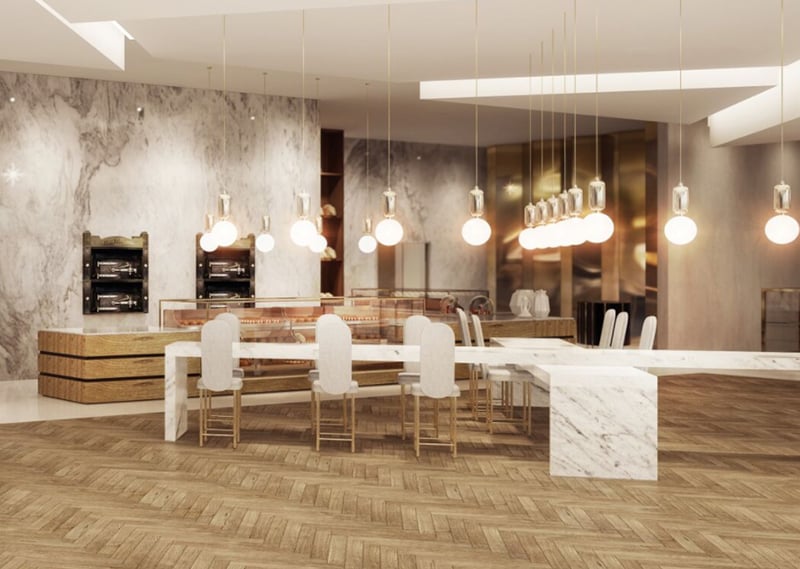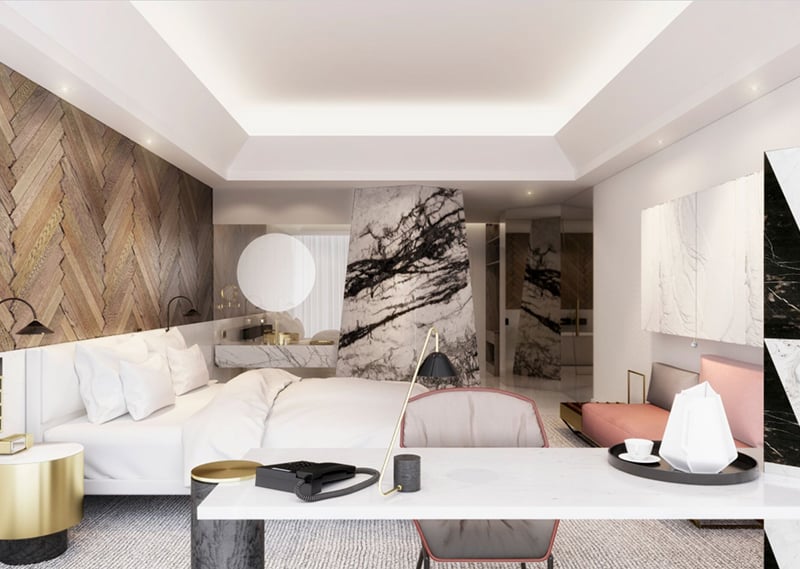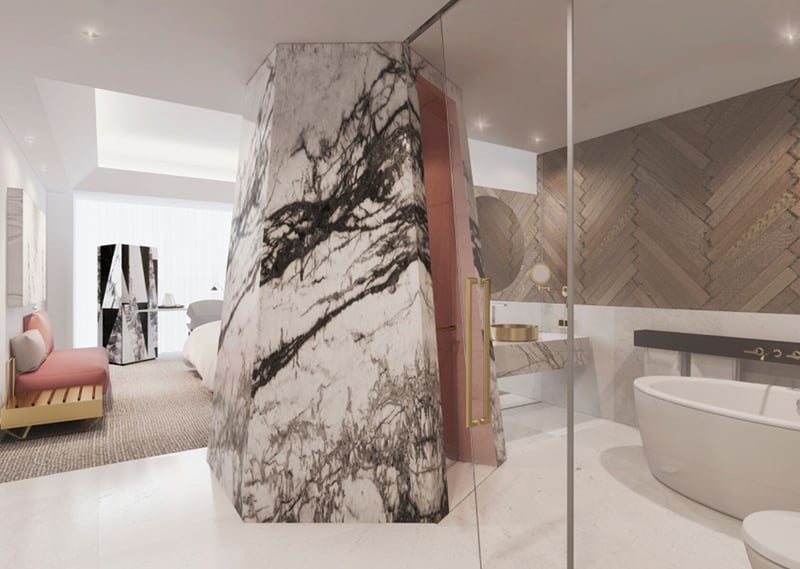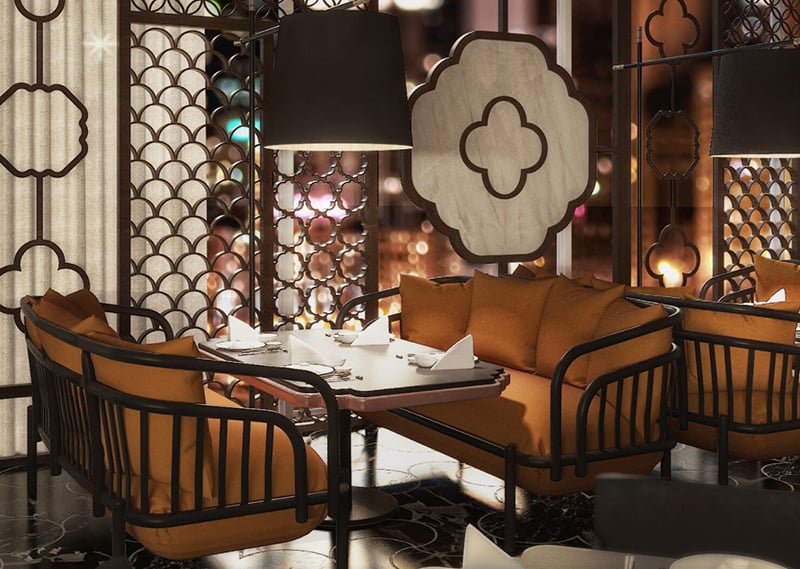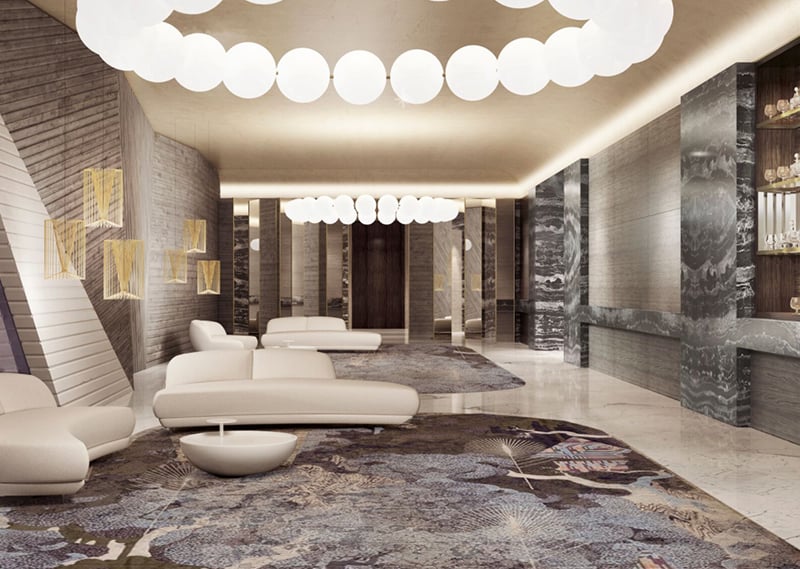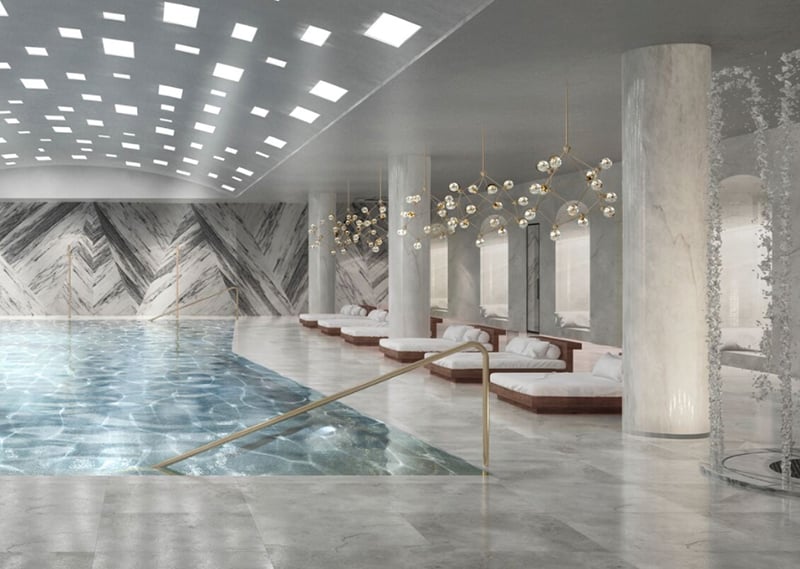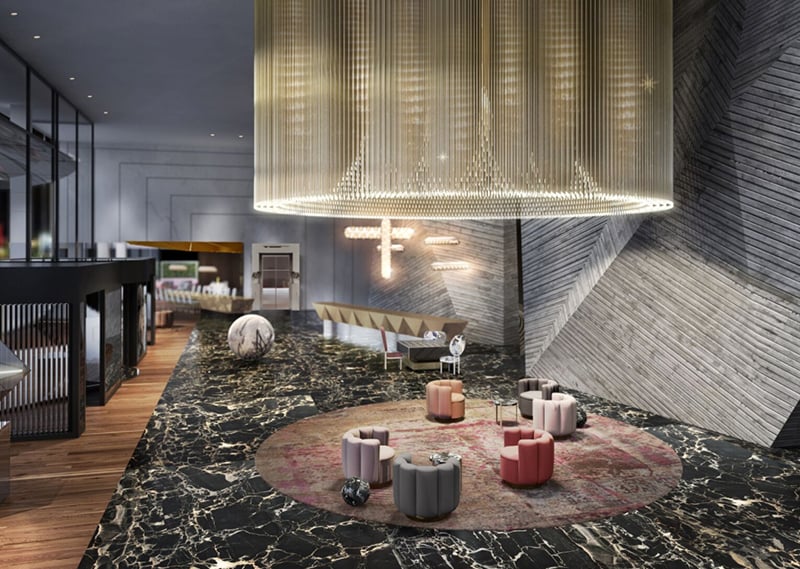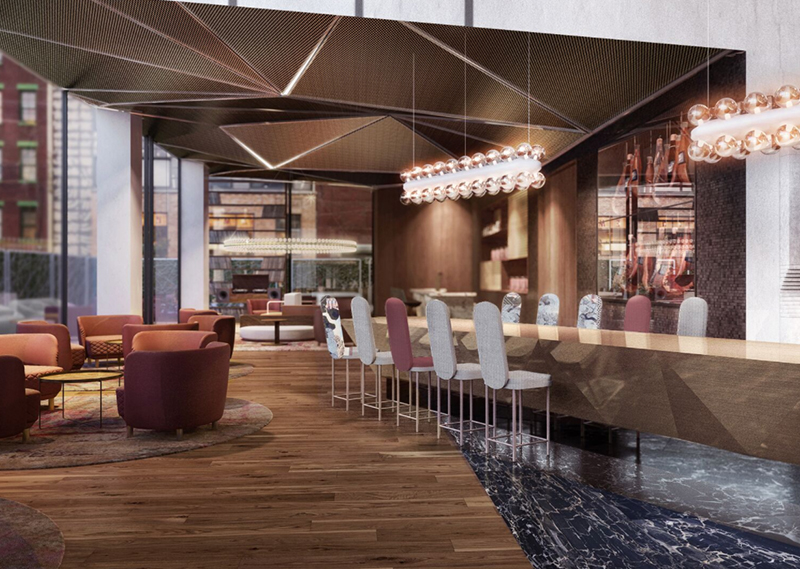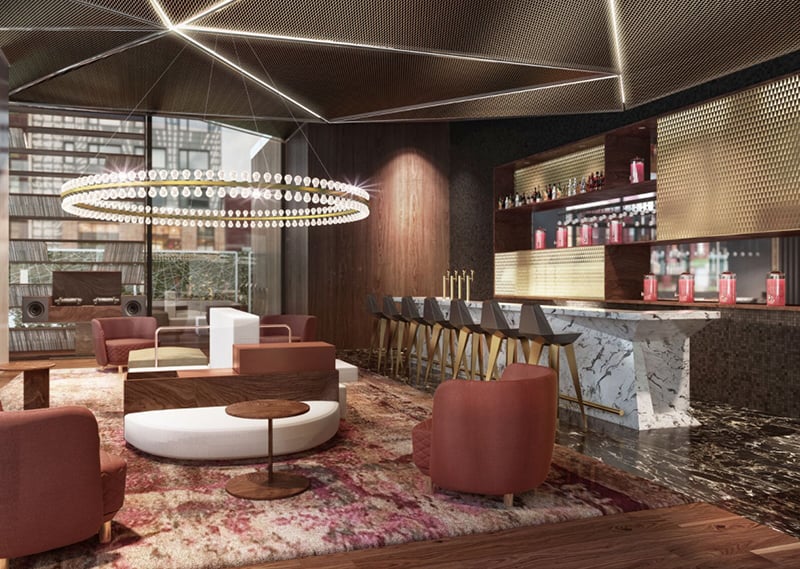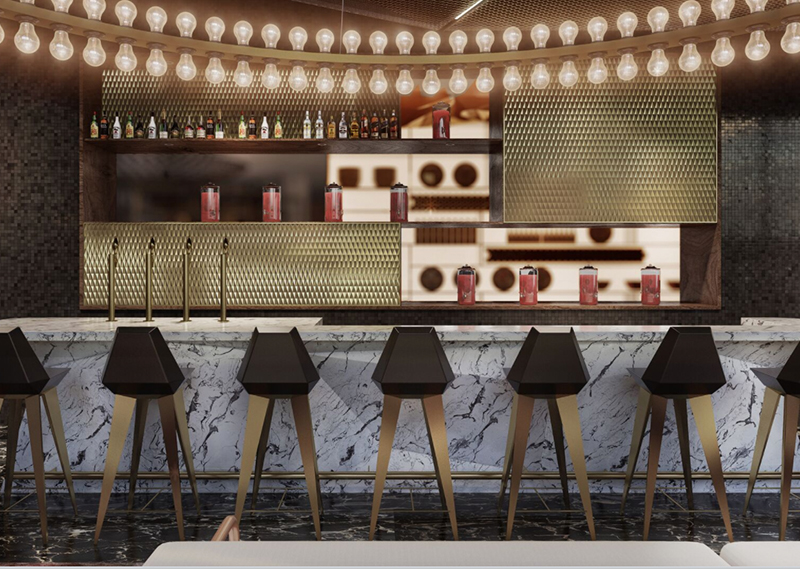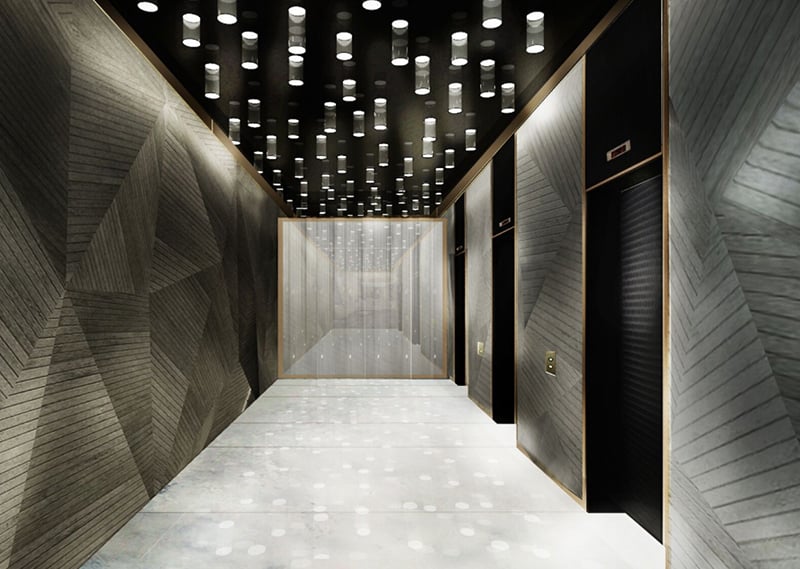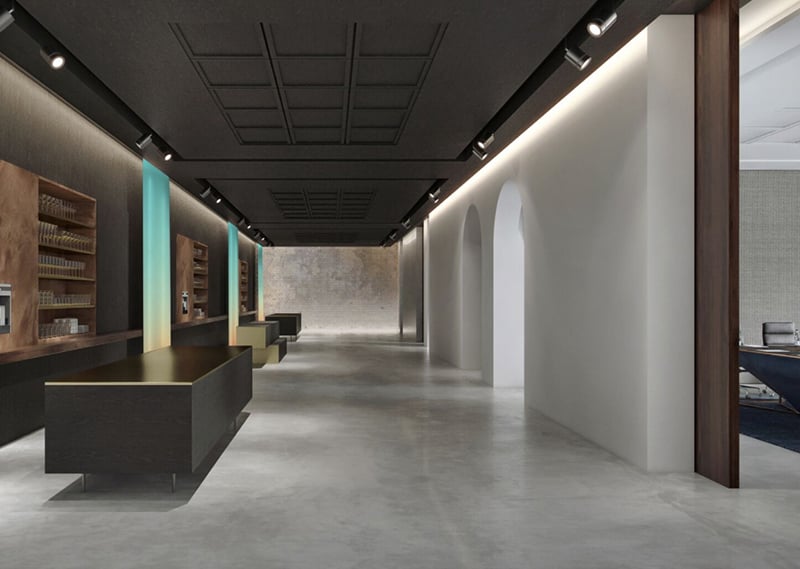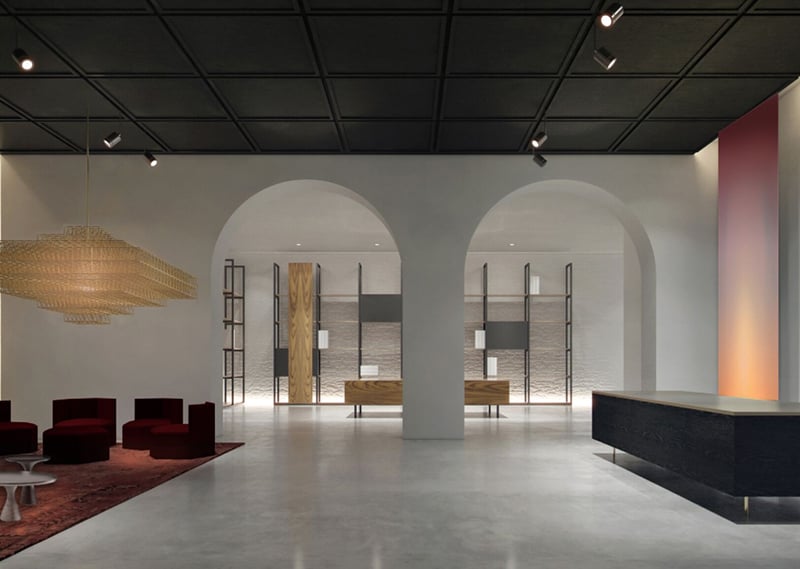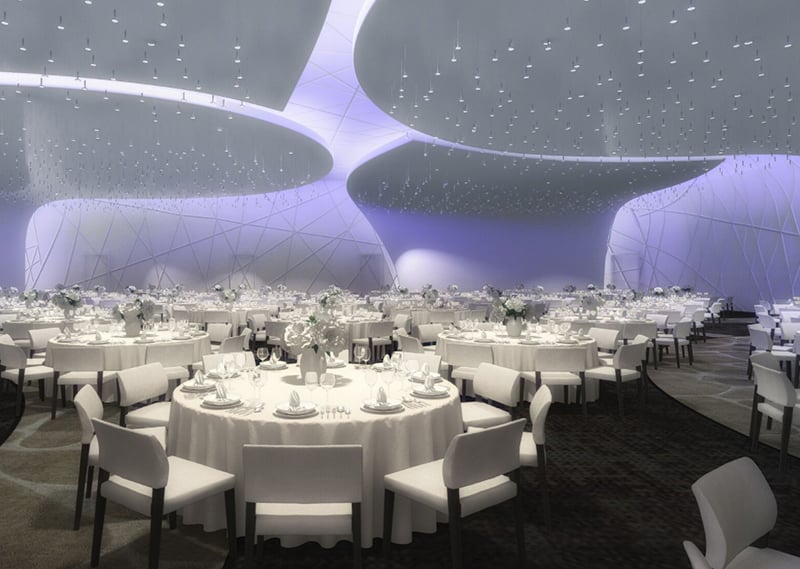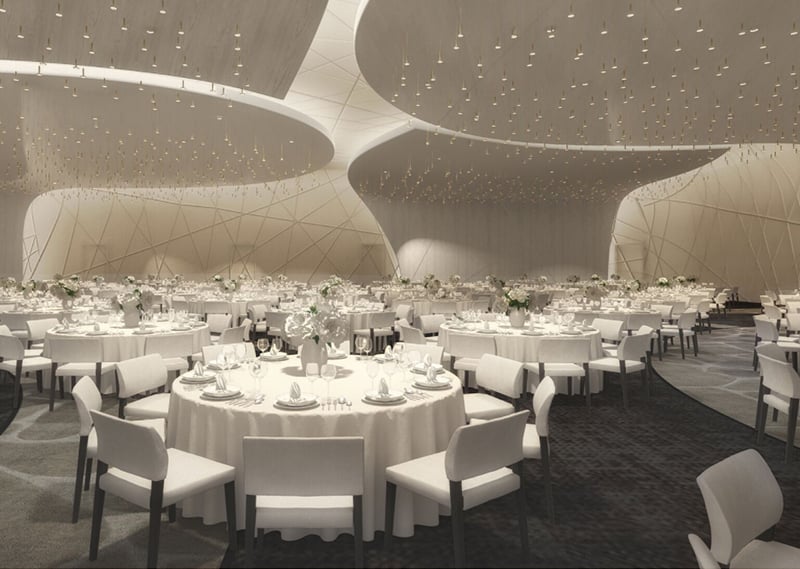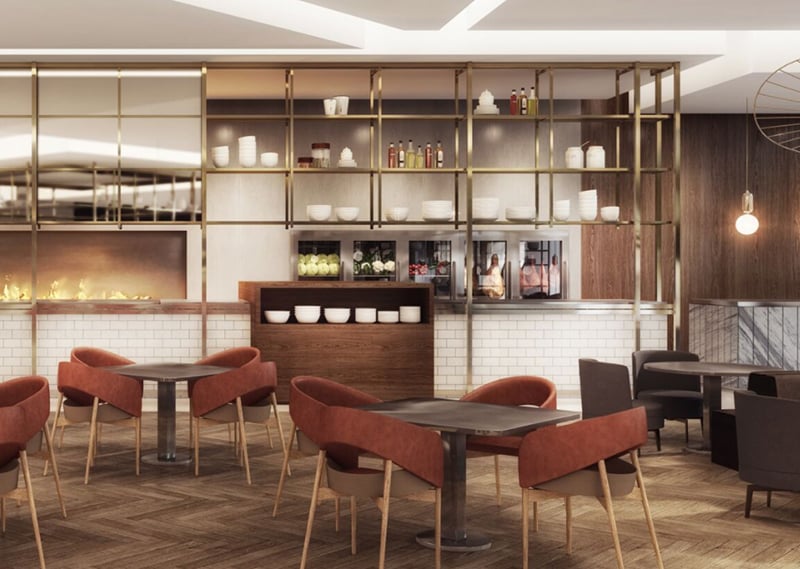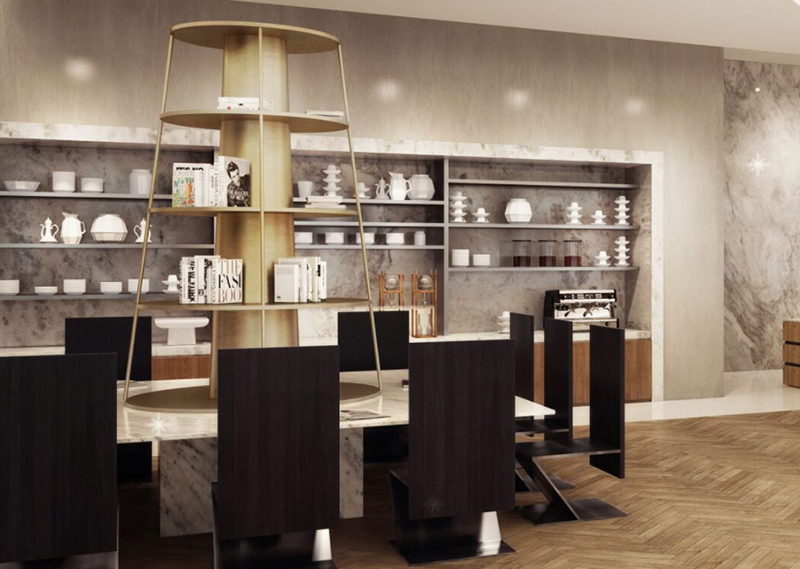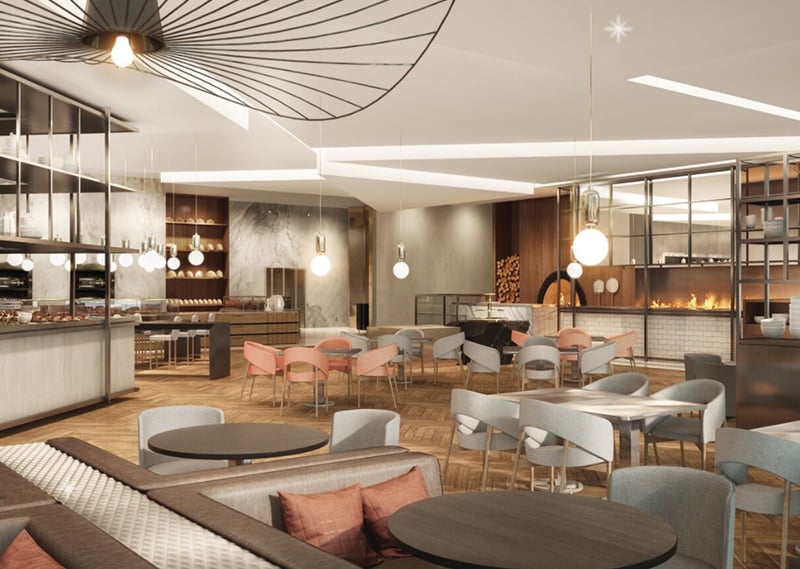Creating a sense of place has never been more important for hospitality designers, especially as millennial travelers demand authenticity over familiarity. Whether in public areas or guestrooms, travelers want their hotel to reflect the destination, and to constantly remind them that they aren't in Kansas anymore, as it were.
Cas in point: Hospitality interior design firm Hirsch Bedner Associates (HBA) drew inspiration from Shanghai Qibao’s cultural background in arts and invention when it created the new 240-guestroom Le Méridien Shanghai, Minhang.
To bridge the classic and the contemporary, the hotel displays contemporary artwork in its guestrooms and suites. Designed to pay homage to the discoveries China made in the art of image-capture, such as the camera obscura and shadow play, all the finishes, details and lighting schemes in the hotel reflect the history of the ancient town of Qibao in Minhang District of Shanghai.
The guestrooms and suites also have a sculptural shower with natural white graphical marble, accentuated with wood, brass metal and white marble as the background. It similarly includes an open wardrobe, artful furniture, lighting fixtures and monochromatic rug.
Le Méridien’s lobby has curated contemporary art installations, distinctive seating arrangements, grey marble faceted feature wall with contrasting textures, natural timber flooring, brass metal details and metal mesh panels.
The Lobby Lounge transforms from a daytime coffee lounge area into a nighttime bar. The space has faceted brash mesh ceiling, timber wall and flooring, white marble counters and black marble mosaic tiles.
A “Chinois Chic” restaurant fuses Shanghai décor with contemporary and Chinese elements, paying tribute to Shanghai’s history and position in modern China. It has industrial details juxtaposed with Chinese traditional arts, Shikumen inspired elements, and traditional Chinese screens transformed into overlapping patterns to contrast with the rustic and painted mural wall.
The large private dining room is a patchwork of both imperial Chinese and colonial British influences. It has colonial-style interior applications, combined with contemporary furniture and an industrial warehouse aesthetic. There are also oriental patterns and fabrics. The ceiling is inspired by Shanghai Art Deco and contrasts next to the Shikumen inspired wall finish. In the small private dining room, elements include Shikumen inspired stone patterns, traditional Chinese paint brushes and collections of ceramic.
The facilities in Le Méridien Shanghai, Minhang continue the design narrative: The spa and swimming pool utilize light and shadow, inspired by Qibao shadow plays.
